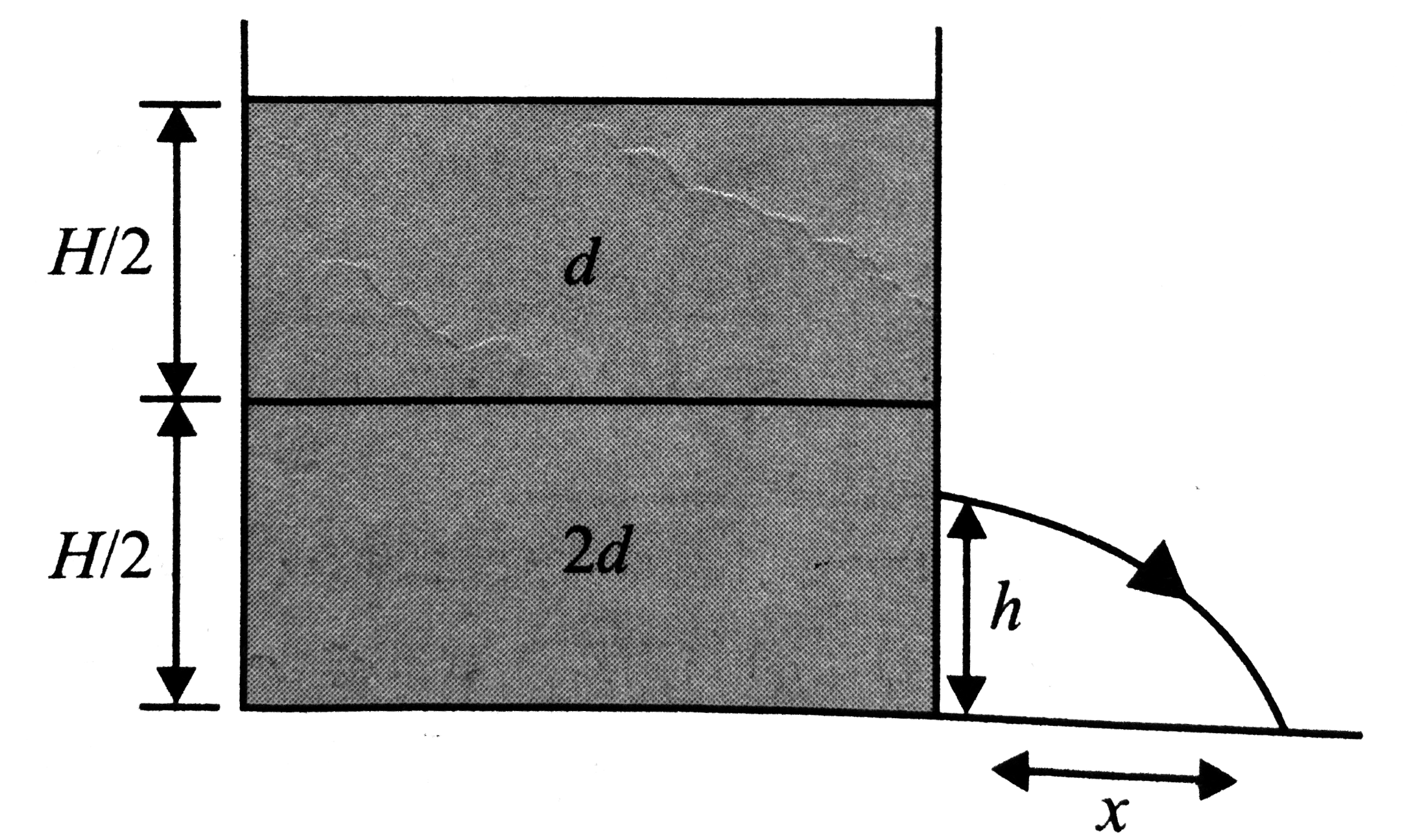Pressure exerted at any point of an enclosed liquid is transmitted
towards the sides of vessel
towards the base of the vessel
in all directions
none of these
To solve the question regarding the pressure exerted at any point of an enclosed liquid, we can follow these steps:
1. Understanding the Concept of Pressure in Fluids:
- Pressure is defined as the force exerted per unit area. In the case of liquids, pressure is exerted in all directions due to the movement and interaction of liquid molecules.
2. Identifying the Nature of Enclosed Liquids:
- When a liquid is enclosed in a container, the molecules of the liquid are in constant motion and collide with the walls of the container. This results in pressure being exerted on the walls and the base of the container.
3. Analyzing the Options Given:
- The question presents multiple choices regarding the direction in which pressure is transmitted:
- A) Towards the sides of the vessel
- B) Towards the base of the vessel
- C) In all directions
- D) None of this
4. Evaluating Each Option:
- Option A: Pressure is exerted towards the sides of the vessel. (True)
- Option B: Pressure is exerted towards the base of the vessel. (True)
- Option C: Pressure is exerted in all directions. (True)
- Option D: None of this. (False)
5. Conclusion:
- Since pressure in a liquid is transmitted equally in all directions, the correct answer is C) In all directions.
Final Answer:
The pressure exerted at any point of an enclosed liquid is transmitted in all directions.
---
- Pressure is defined as the force exerted per unit area. In the case of liquids, pressure is exerted in all directions due to the movement and interaction of liquid molecules.
- When a liquid is enclosed in a container, the molecules of the liquid are in constant motion and collide with the walls of the container. This results in pressure being exerted on the walls and the base of the container.
- The question presents multiple choices regarding the direction in which pressure is transmitted:
- A) Towards the sides of the vessel
- B) Towards the base of the vessel
- C) In all directions
- D) None of this
- Option A: Pressure is exerted towards the sides of the vessel. (True)
- Option B: Pressure is exerted towards the base of the vessel. (True)
- Option C: Pressure is exerted in all directions. (True)
- Option D: None of this. (False)
- Since pressure in a liquid is transmitted equally in all directions, the correct answer is C) In all directions.
The pressure exerted at any point of an enclosed liquid is transmitted in all directions.
Topper's Solved these Questions
- FORCE AND PRESSURE BOOK - ICSECHAPTER - FORCE AND PRESSURE EXERCISE - EXERCISE 3.2 (STUDY QUESTIONS)
6 Videos
- FORCE AND PRESSURE BOOK - ICSECHAPTER - FORCE AND PRESSURE EXERCISE - EXERCISE 3.3 (FILL IN THE BLANK)
5 Videos
- FORCE AND PRESSURE BOOK - ICSECHAPTER - FORCE AND PRESSURE EXERCISE - EXERCISE 3.2 (WRITE TRUE OR FALSE)
4 Videos
- ENERGYBOOK - ICSECHAPTER - ENERGYEXERCISE - THEME ASSIGNMENT
4 Videos
- HEAT TRANSFER BOOK - ICSECHAPTER - HEAT TRANSFER EXERCISE - Picture Study
2 Videos
Similar Questions
Knowledge Check
Pressure applied to an enclosed fluid is transmitted undiminished to every portion of the fluid and the walls of the containing vessel. This law was first formulated by
AReynoldsBBernoulliCPascalDTorricelliPressure at a point inside a liquid does not depend on
Athe nature of the liquidBshape of the containerCthe depth of point below the surface of the liquidDacceleration due to gravity at that point
Fluids at rest exert a normal force to the walls of the container or to the sruface of the body immersed in the fluid. The pressure exerted by this force at a point inside the liqid is the sum of atmospheric pressure and a factor which depends on the density of the liquid, the acceleration due to gravity and the height of the liquid, above that point. The upthrust acting on a body immersed in a stationary liquid is the net force acting on the body in the upward direction. A number of phenomenon of liquids in motion can be explain by Bernoulli's theorem which relates the pressure, flow speed and height for flow of an ideal incompressible fluid.
A container of large uniform corss sectional area. A resting on a horizontal surface holds two immiscible, non viscous and incompressile liquids of densities d and 2d, each of height H/2 as shown in the figure. The lower density liquid is open to the atmosphere having pressure P0.
Situation I:
A homogeneous solid cylinder of length L(L<H/2). cross sectional area A/5 is immersed such that it floats with its axis vertical at liquid -liquid interface with lenght L/4 in the denser liquid.
The total pressure at the bottom of the container is
View SolutionPressure exerted by a perfect gas is equal to
View SolutionPressure exerted by a liquid at a given point is:
View SolutionThe pressure exerted by the gas on the walls of a container is measured by
View SolutionThe pressure exerted by the gas molecule is
View SolutionThe pressure exerted by real gas is :-
View Solution
